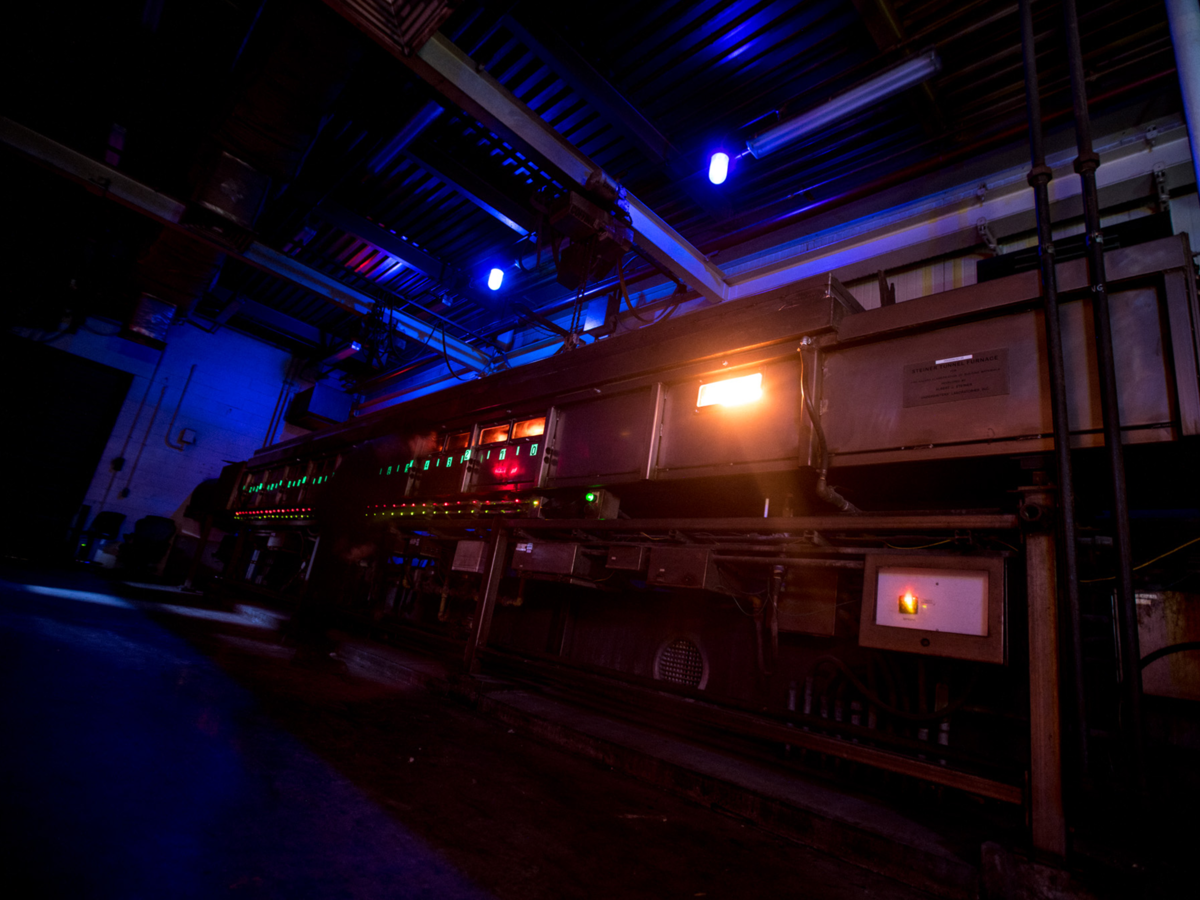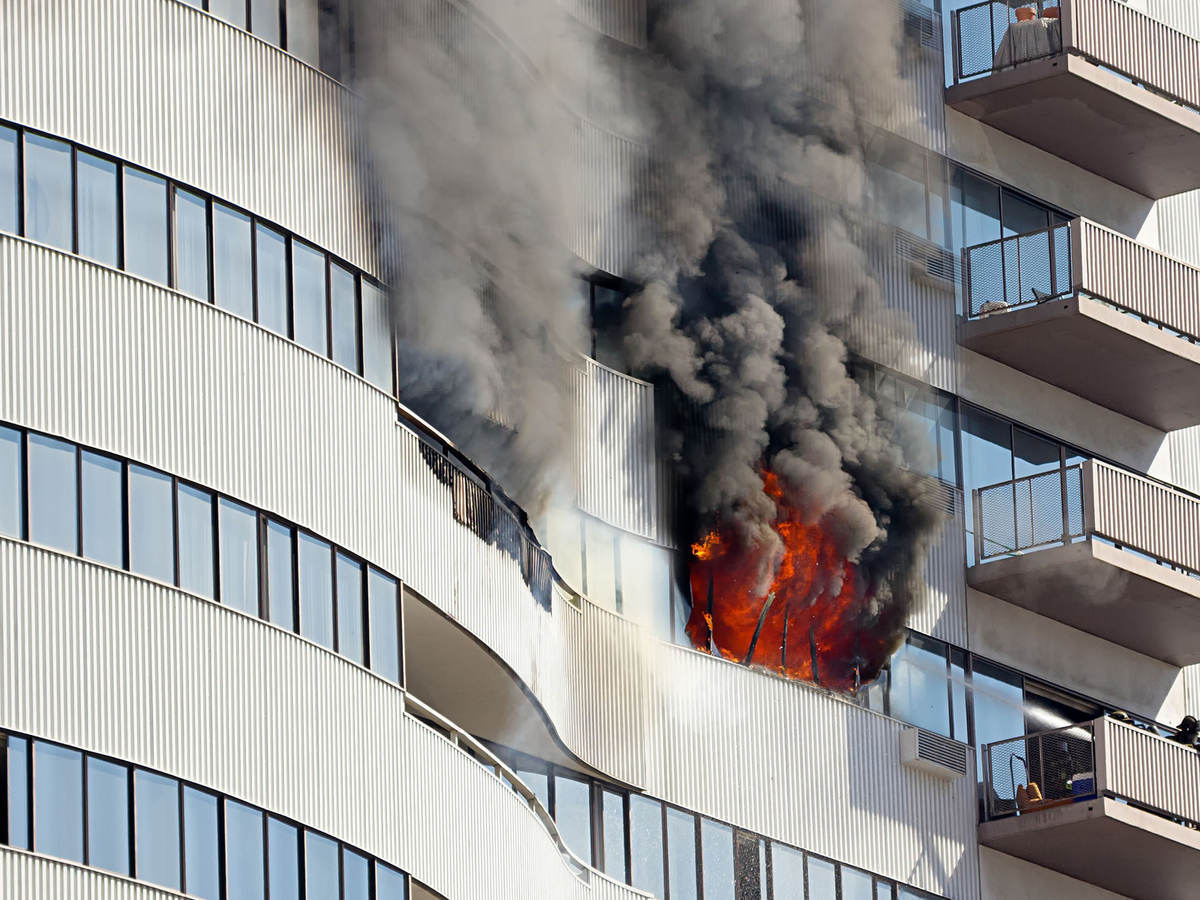Since the 1940s, the 25-foot test tunnel, known as the Steiner Tunnel, has been one of the prevailing reaction to fire test methods for assessing the surface burning characteristics of building materials. The regulation of rapid progression of fire on building materials, especially interior finish materials, is just as relevant today as it was 75 years ago.
This complimentary recorded webinar will provide an overview of UL 723, the Standard for Test for Surface Burning Characteristics of Building Materials, and ASTM E84, used to determine the important flame spread and smoke developed index ratings for building materials, used primarily within the U.S. We will examine the key differences between this method of testing and those used throughout Europe and Canada. We will also discuss how the applicability of this method is often confused with other fire response tests. Lastly, this presentation will discuss the significance of third-party certifications and provide a review of UL’s Product iQ™ to determine whether products comply with these standards.
Learning objectives:
Upon completion of this webinar, participants will be able to:
- Gain a better understanding of UL 723 – Steiner Tunnel
- Recognize the similarities and differences between the UL 723 and ASTM E84
- Recognize the differences between the UL 723 (ASTM E84) and fire test methods used in Europe
- Recognize the differences between the UL 723 (ASTM E84) and fire test methods used in Canada (CAN/ULC S134)
- Gain insight on the path to UL certification and associated resources
Speaker:
Dwayne Sloan
Director of principal engineers and regulatory services for UL’s Building and Life Safety Technologies division
Watch the on-demand webinar
Steiner Tunnels and UL 723 / ASTM E84
Exterior Wall System Testing and Certification
Exterior wall assemblies are designed to resist the impacts of fire, wind, rain, hail, extreme temperatures and sound, and be energy efficient, attractive and much more. We understand these challenges.


